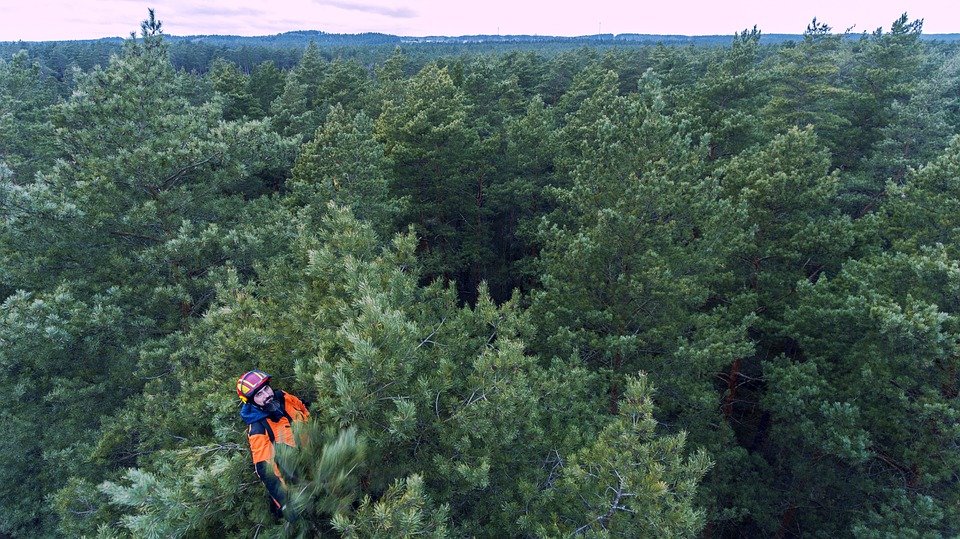Tree Trimming Techniques

Tree pruning is an essential part of many bonsai traditions. Although there are different types of pruning used in different types of trees, they all ultimately serve to enhance a bonsai's beauty and allow it to grow into a beautiful tree that is free of disease and bugs. Pruning is a vital part of the care of a tree. Without it, a tree could quickly become unsightly and unhealthy. While some bonsai enthusiasts prune their trees in order to remove dead, damaged, or diseased leaves or branches, pruning is also an important process that must be performed in order to maintain a tree's health, shape, and growth pattern.
There are many types of tree pruning, and it can be confusing for beginners to determine when and how to perform this task. Broadly, tree pruning is described as a process in which branches are removed or otherwise removed from a tree in order to allow new growth to take place. When the branches are removed, new growth will not have adequate support, and the tree could easily break. This process can be accomplished by cutting individual branches from the tree, which can be accomplished by hand, saw, or electric cutter. Tree pruning can also be achieved by hand but is more often done with a machine or robot. Regardless of the type of tree pruning used, the principle of removing weak and spindly branches or twigs is the same.
In addition to removing branches that are weak or dead, tree pruning is also used to remove diseased or infected branches. An example of this would be when trees are infected by insects. A common method of removing infected or dead branches is through the use of a ladder. Bonsai technicians will place branches on a ladder and use criss-cross hooks to pull the branches down. After removing the infected or dead branch, the technician will replace it on the tree without damaging the main stem. If the tree is too weak to support the weight of the branch being removed, the tree will simply be left deflated and dead.
There are many benefits to landscape tree pruning. The primary benefit of pruning is to maintain the landscape around a home healthy. It is also commonly used to remove unwanted tree growth that interferes with walkways, pool areas, decks, patios, driveways and other areas. As most people live in homes with small yards, they are all too familiar with the tedious task of trying to maintain their landscape while also maintaining a good lawn. Luckily, with tree trimming, it is quite easy to keep lawn and garden grassy and beautiful without having to cut down trees, which is especially helpful for people who have smaller backyards. Click here to learn more about the benefits of tree pruning .
One popular tree pruning method used to create a thicker, fuller appearance for larger trees is called the "crown to crown" technique. In this method, the lower branches of a tree are cut about one inch above the top of the crown, while the upper branches remain attached to the tree. This technique eliminates any unsightly "crest" or "tweed" on the tree, that may result from removing the lower branches. Since the tree pruning method does not remove all of the tree's leaves, the extra foliage can be used for other landscaping jobs.
However, there are some drawbacks to this method. Sometimes, the lower branches grow out of control and begin to encode on the space behind a house, interfering with walks and other activities. Sometimes, even when the lower branches are pruned, they grow out of control and pose a hazard. It is also important to remember that tree trimming techniques are only meant to make a tree appear fuller and more beautiful, and should not be used to eliminate a hazard. If you have problems with a tree that is causing damage or that poses a threat to your home or property, you should contact a tree removal company for professional consultation. It's good to click on this site to learn more about the topic: https://en.wikipedia.org/wiki/Tree_care.
